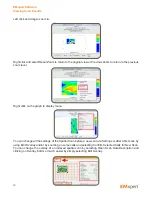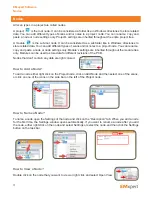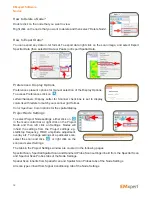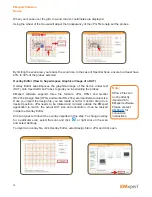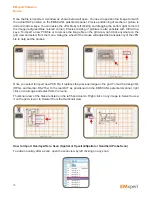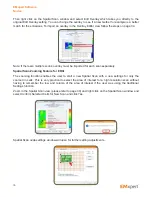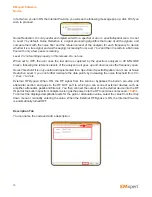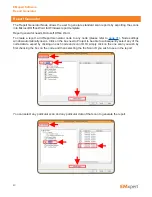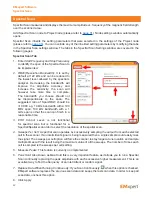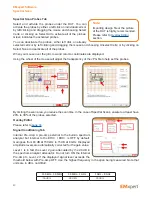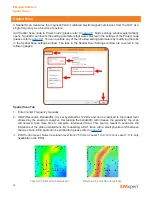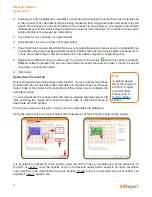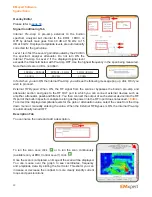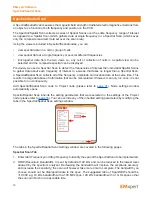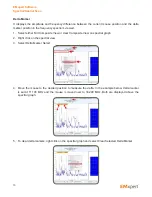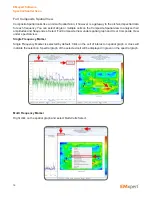
41
Scan Types
There are four scan types:
•
Spectral Scan:
measures and displays the maximum amplitude vs. frequency of the magnetic field
strength over the scanned area.
•
Spatial Scan:
measures the magnetic field of radiated electromagnetic emissions from the
DUT at a single frequency as a function of position. It can be a single scan or interleaved scan.
Interleaved Scan
is meant to overcome the limitations of the probe polarizations. By measuring a
DUT twice with a small physical shift between the two scans this blind spot can be eliminated.
•
Spectral / Spatial Scan:
measures the magnetic field strength of radiated electromagnetic emissions
from an object as a function of both frequency and position on the PCB. It collects a series of Spatial
Scans over the entire frequency range of interest as opposed to a Spatial Scan (which gathers data
at single frequency) or a Spectral Scan (which saves only the composite maximum data set over the
scan area).
•
Handheld Probe Scan:
ERX+ | EHX+ allows use of a hand-held probe to achieve finer resolution.
Handheld Probe Scan provides a method to easily collect and display data from sensors other than
the ERX+ | EHX+ scanner. It is compatible with any sensor that the user wishes to use and that can
be connected to a supported spectrum analyzer. You can carefully synchronize the positioning of the
probe with the manual triggering and create high resolution spatial plots of the DUT.
There are four methods to further analyze the scanned data:
•
Spectral Overlay:
is a qualitative comparison of two frequency spectra. It superimposes one
frequency spectrum over another.
•
Compare Spectral:
is a quantitative comparison between two frequency spectra. It is generated by
subtracting the values of one spectrum from the values of the second spectrum at each frequency.
•
Interleaved Scan:
is meant to overcome the limitations of the probe polarizations. By measuring a
DUT twice with a small physical shift between the two scans blind spots can be eliminated.
•
Compare Spatial:
is a quantitative comparison between two Spatial Scans that is generated by
subtracting the values of the first scan from the values of the second scan cell by cell.
To run a scan:
1. Place the PCB or other device under test (DUT) on the patented scanner
2. Select the scan type on EMxpert software
3. Run the scan
Power up the PCB or DUT and place it on the scanner aligning as closely as possible to the vertical and
horizontal guidelines. Lining up with the squares assists you when importing overlays.
EMxpert Software
Scan Types
Placing PCB on EMSCAN’s patented scanner




